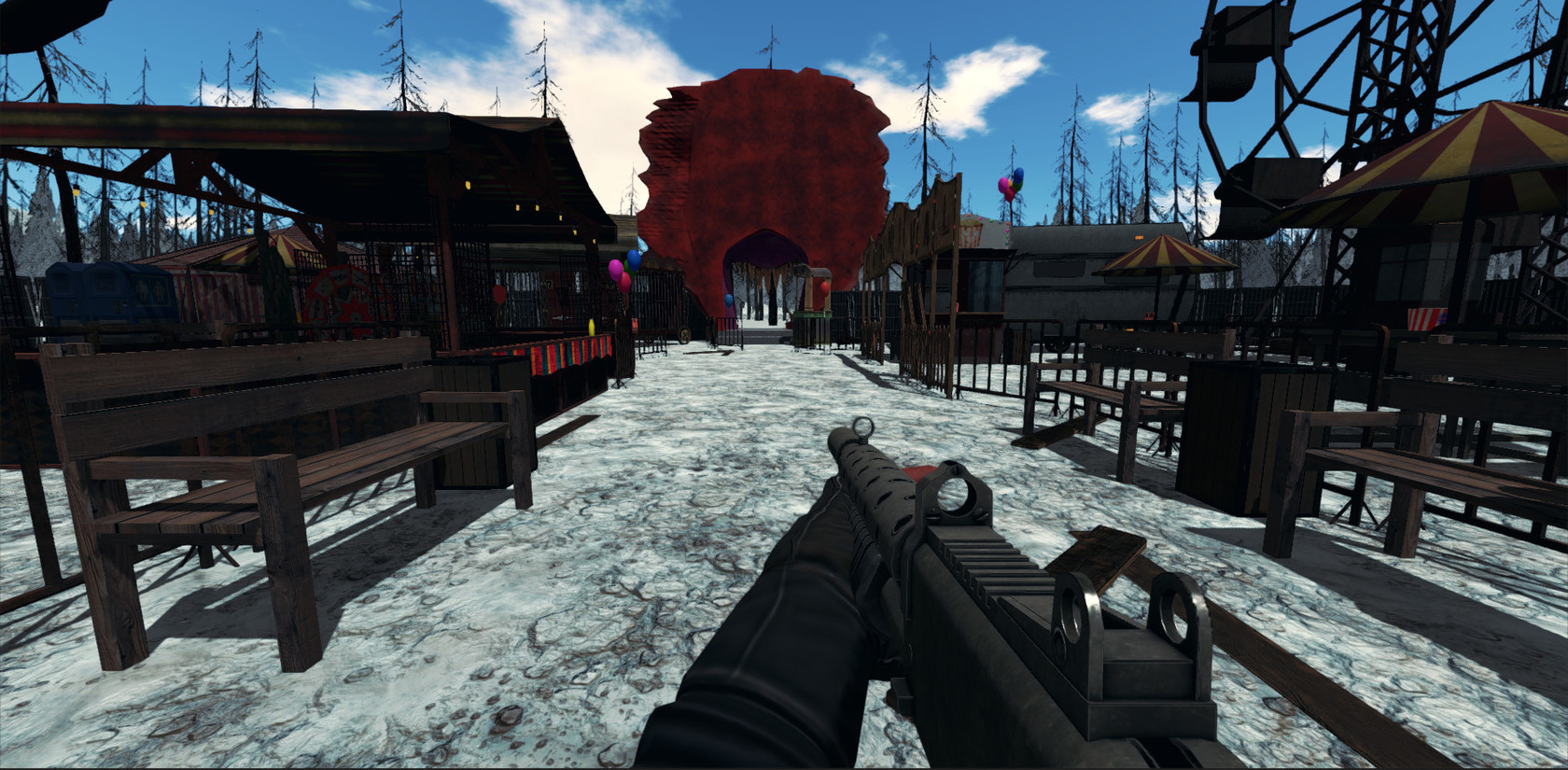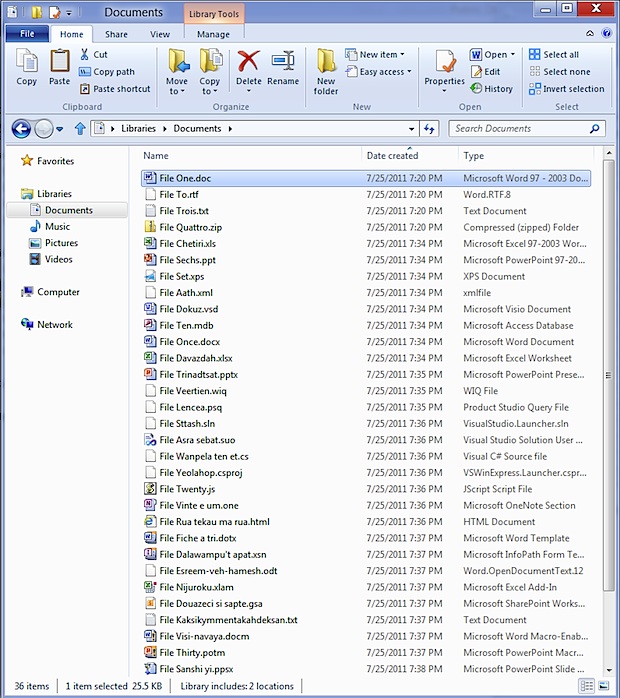Apple computers run the Mac OS X, the second most used operating system in the world. It's been more than 14 years after it was unveiled and since then, it has been praised for its simplicity, intuitiveness, and aesthetic quality.
- The Inverted Evolution Mac Os Catalina
- Mac Os Evolution
- Evolution Of Mac
- The Inverted Evolution Mac Os 11
It is textbook Apple, prioritizing user convenience above everything else, introducing elements and programs which contribute to giving users an optimum computing experience. Since 2001, it has evolved from being a big cat into a granite mountain sitting proudly in one of California's most treasured parks.
Next: Classic Mac OS. See our illustrated design evolution of classic Mac OS from 1984 to 2001, showing the timeline of System 1 to System 9. Also, if you're an Apple fan, see our article on what Apple.com used to look like - 25 years of design history of the Apple.com website. Do you like seeing nostalgic stuff like this everyday? Follow Version Museum on Twitter or Instagram. A compact inverted microscope for manufacturing, QC, and materials analysis, with a powerful 5W LED light-sourceFour plan-achromatic objective lenses and two sets of eyepieces provide six unique magnifications ranging from 50X to 1000XThe inverted format supports heavier and irregular samples like cut ore and metal fragments.Includes a 5MP USB 2.0 camera and specialized microscopy. Progression of macOS. On March 24, 2001, Apple released the first version of its Mac OS X.
Omg slots free spins game hunter. The OS X changed the way we interact with our computers and it's interesting to see how it progressed from obscurity into being a mainstay in homes around the world. Let's take a look at its story:
Mac OS X 10 Public Beta
Prior to the release of the first Mac OS X version, the public beta, known inside Apple as Kodiak, was released by the company to developers to test the operating system and create software in time for the final release.
It is the first operating system to introduce the Aqua user interface – which is still used up until today. It was launched in September 2000 and it cost $29.95 to purchase. It became unsupported after March 24th 2001.
Mac OS X 10.0 Cheetah
Apple started the trend of naming its operating systems after big cats with Mac OS X 10.0, code name: Cheetah. Pinstripe 1 0 3 download free. It was the final nail in the coffin for Mac OS 9 and was released in March 24, 2001. It introduced the Dock, Mail, TextEdit, and still had Sherlock.

However, it was negatively received by the public for a variety of reasons:
- It required 128 RAM at a time when the standard for Apple-made computers were at 64 MB.
- The Aqua UI was slow and sluggish: the earlier operating systems were faster compared to it.
- It had stability issues and was riddled with numerous bugs which caused kernel panics.
- Hardware and compatibility issues, like missing DVD playback, not having a CD burning feature, and missing hardware driver issues.
The Cheetah as priced at $129, but it was so bad that it wasn't worth the money and it rendered Apple to offer the next version for free.
Mac OS X 10.1 Puma
It was introduced later in September 2001, six months after Cheetah was released. It was handed out free of charge to Cheetah users. Though it fixed several bugs and areas where the Cheetah was lacking, it was not a significant upgrade and system crashes were still a norm.

However, it was negatively received by the public for a variety of reasons:
- It required 128 RAM at a time when the standard for Apple-made computers were at 64 MB.
- The Aqua UI was slow and sluggish: the earlier operating systems were faster compared to it.
- It had stability issues and was riddled with numerous bugs which caused kernel panics.
- Hardware and compatibility issues, like missing DVD playback, not having a CD burning feature, and missing hardware driver issues.
The Cheetah as priced at $129, but it was so bad that it wasn't worth the money and it rendered Apple to offer the next version for free.
Mac OS X 10.1 Puma
It was introduced later in September 2001, six months after Cheetah was released. It was handed out free of charge to Cheetah users. Though it fixed several bugs and areas where the Cheetah was lacking, it was not a significant upgrade and system crashes were still a norm.
Dollar store frolf mac os. Unlike its predecessor, Puma now had CD and DVD burning capabilities, playback support, and introduced several performance enhancements.
Mac OS X 10.2 Jaguar
Unlike the Cheetah and Puma, Apple the operating system's code name, Jaguar, for marketing and advertisement purposes. It was released nearly a year after Puma, at August 24, 2002. The released featured single installation versions and family packs, which allowed it to be installed to up to five devices.
It was well-received by most Mac users, considering that most of the performance issues in the previous versions were addressed. Christmas deliveroo mac os. It includes features which are still present in Macs up to this day, like MPEG-4 support for Quicktime, the Address Book, and Inkwell. Its most significant additions were Apple Mail and a messaging client called iChat, which was subsequently replaced with the Messages app after Mountain Lion.
Mac OS X 10.3 Panther
The Panther was released to the public on October 24, 2003, more than a year after Jaguar's release. It was one of Apple's biggest releases, considering that it introduced numerous updates and features (150, as claimed by Apple), including:
- Finder, which had a new live search engine.
- TextEdit, which became compatible with Microsoft Word docs.
- Exposé, which helps users manage their Windows.
It's biggest change and addition is the introduction of the Safari browser, which effectively replaced the Internet Explorer. It needed at least 128 MB of RAM to run. It also introduced XCode, Apple's developer tool which helps develop applications, along with FileVault which is used to encrypt data.
Mac OS X 10.4 Tiger
The Tiger was met with a roaring reception after it was made public on April 29, 2005 – it became Apple's bestselling operating system, selling over two million copies within six weeks after release. It boasted a slew of new features, including:
- Spotlight – it effectively replaced Sherlock as the OS X internal search engine.
- Mail 2 – a newer and improved version of the Mail app.
- Dashboard – an app which featured widgets like a world clock, weather, and unit converter.
- Dictionary – this uses the New Oxford American Dictionary.
Tiger also introduced Automator, Grapher, and Quicktime 7.
Mac OS X Leopard 10.5
As the successor to Tiger, the Leopard had big shoes to fill – and it did so to full capacity. It was released two years after its predecessor and was priced at $129 for the desktop version and $499 for the server one. According to Apple, it brought over 300 new features and numerous improvements. The notable ones include:
- Security enhancements such as application signing, sandboxes, and library randomization.
- Time Machine, a utility tool which allows the user to back up deleted or replaced files.
- Quick Look, this allows documents to be viewed on a separate application without having to open them.
- iCal now allows calendar sharing and group scheduling. It is also closely synced with the Mail app as well and the icon shows the date even when not in use.
Apart from these, Spaces and Boot Camp are also pre-installed.
Mac OS X 10.6 Snow Leopard
The Snow Leopard was priced at a pretty affordable $29, a huge markdown from the previous versions which cost a hundred dollars more. In terms of features, it did not deliver a lot considering that Apple focused more on performance and stability. It was more of an upgrade to the Leopard instead of a totally new operating system.
Here's a list of improvements and upgrades separating it from the Leopard:
- It freed up hard disk space considering that it was relatively smaller compared to the Leopard. It managed to give users an extra seven gigabytes of storage space.
- The Finder was completely rewritten in Apple's native application programming interface Cocoa, making it faster and more responsive.
- A faster Safari browser and new features such as Top Sites, Cover Flow, and VoiceOver.
The Inverted Evolution Mac Os Catalina
Snow Leopard also made improvements on the user interface which were more centered in making it easy to use.
Mac OS X 10.7 Lion
It was unveiled in October 2010 and was released to the public on July 1, 2011. It supported multi-touch features to the Mac and applications now open in the same state as they were closed, just like in the iOS. Speaking of the mobile operating system, the Lion also took a leaf out of its book, including a better and more navigable application display. The OS X notification also debuted in the operating system.
The Lion also included support for the Mac App Store and could support emojis.
OS X 10.8 Mountain Lion
As of OS X 10.8 Mountain Lion, Apple dropped 'Mac OS X' and started marketing its operating systems as OS X. It was released in July 25 2012 and introduced new features which are present in the iOS 5, including the Game Center, iMessage support, Reminders as a separate app from iCal, which in turn was renamed to Calendar. Notes – and iOS app – was also added in the operating system which can then be synced to other Apple devices.
It sold 28 million copies in its first year, making it one of the most successful operating systems released by Apple.
OS X 10.9 Mavericks
Apple stopped naming its operating systems after big cats in OS X 10.9, which was named after a surfing spot in California. The default desktop background would suggest that.
Mac Os Evolution
It was released in October 23, 2013 as a free update. In a nutshell, Mavericks emphasized prolonged batter life and close integration with iOS. It was a significant update for Apple fans, given that it brought Apple Maps to the OS X, improved iCloud integration, and had the iBooks application.
OS X 10.10 Yosemite
If you haven't upgraded your operating system to the current version, you might still be running Yosemite. It followed the landmark-based naming scheme Apple started with Mavericks – this time it was named after a prominent national park in California. The biggest change is the graphic interface, which now featured flat designs like those in iOS, effectively replacing skeumorphism.
Evolution Of Mac
Yosemite continued integrating with iOS, while a later version (10.10.3) replaced iPhoto and Aperture with Photos. Cloud harvester mac os. It was released last year, July 24, 2015.
OS X 10.11 El Capitan
The Inverted Evolution Mac Os 11
El Capitan was released just a month ago, and completely stabilized and improved from Yosemite's flaws. While it's not a feature-rich update, it hosts a slew of improvements starting from the Safari browser, Apple Maps, and the new Split-screen feature, which allows users to work on two programs at the same time. Crystal forest slot machine.
The release was met with positive reviews, praising its multi-tasking features and better iOS integration. Robojump mac os.

